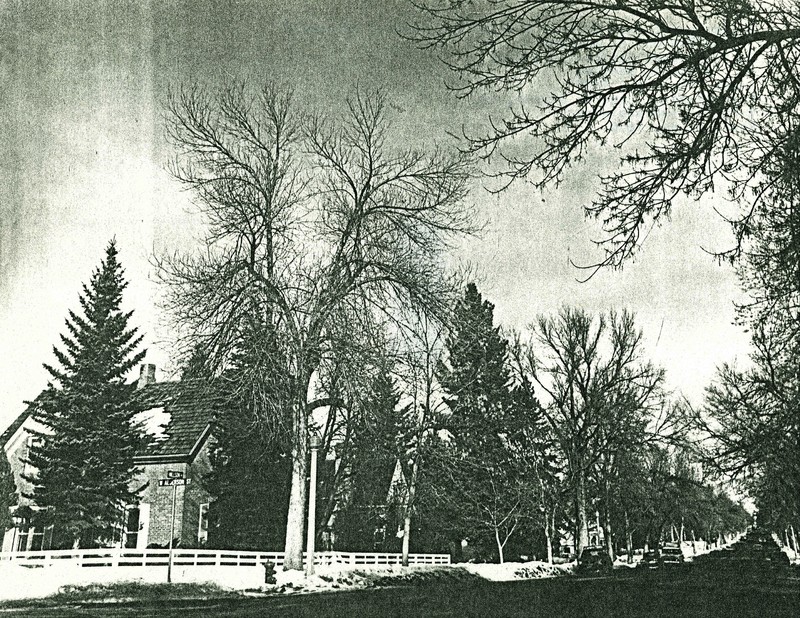Bon Ton Historic District

The elaborate homes of the Bon Ton Historic District reflect the tastes and aspirations of Bozeman’s economic and cultural elite. Its residents included the presidents and managers of successful businesses and the doctors, dentists, lawyers, and college faculty who formed the city’s ever-expanding professional class. The district’s character was established early, when developer William Alderson platted Central Avenue (now named Willson Avenue after pioneer general L. S. Willson). Alderson envisioned the wide, stately street lined with fashionable residences. After the Northern Pacific Railroad arrived in Bozeman in 1883, that vision became a reality. An article in the 1884 Avant Courier commented appreciatively: “Central Avenue is developing into a Bon Ton residential street in Bozeman.” This Victorian period expression means “the finest.” It is an appropriate title for the historic district as a whole, which grew to include 260 homes on South Willson, South Grand, South Third, and West Cleveland. A number of builders and architects shaped the neighborhood’s character and its unique blend of high style and vernacular architecture. However, none had more influence than Fred F. Willson. Educated in New York and Europe, Willson became Bozeman’s premier architect in the early twentieth century. His fine Depression-era work complemented the neighborhood’s earlier Queen Anne, Italianate, and Colonial Revival style homes with more contemporary Craftsman, Tudor Revival, and International style designs. In 1935, the city erected elegant concrete lamp posts along S. Willson Avenue and W. Cleveland Street. The posts are the only historically significant lamps remaining in Bozeman today.
Images





